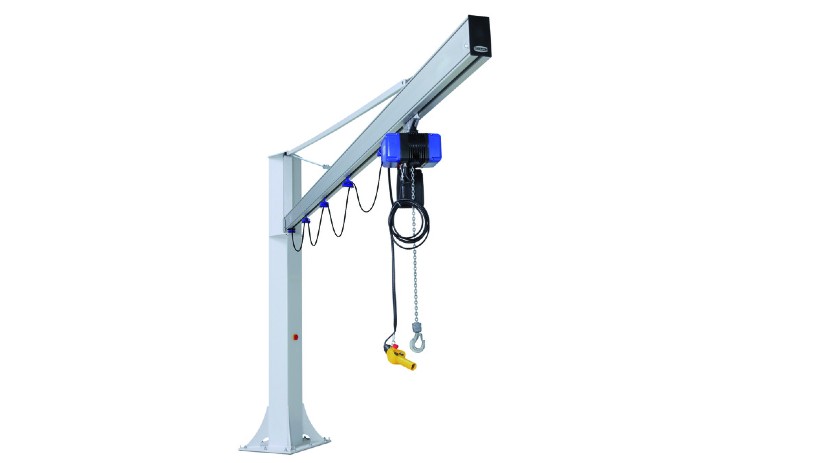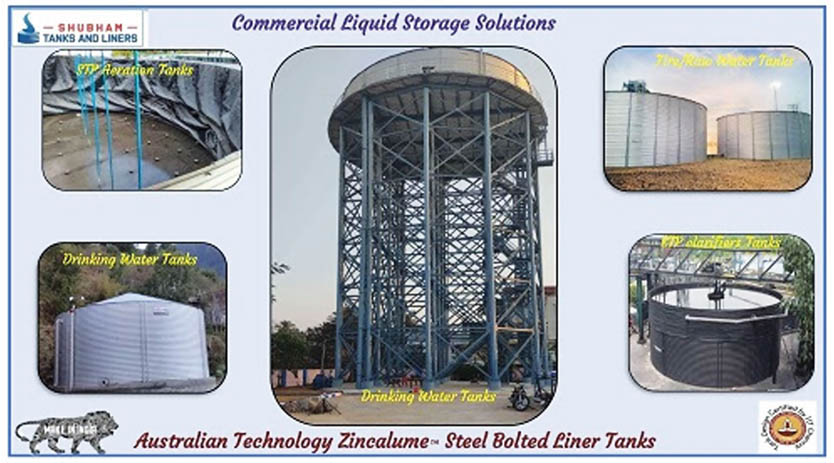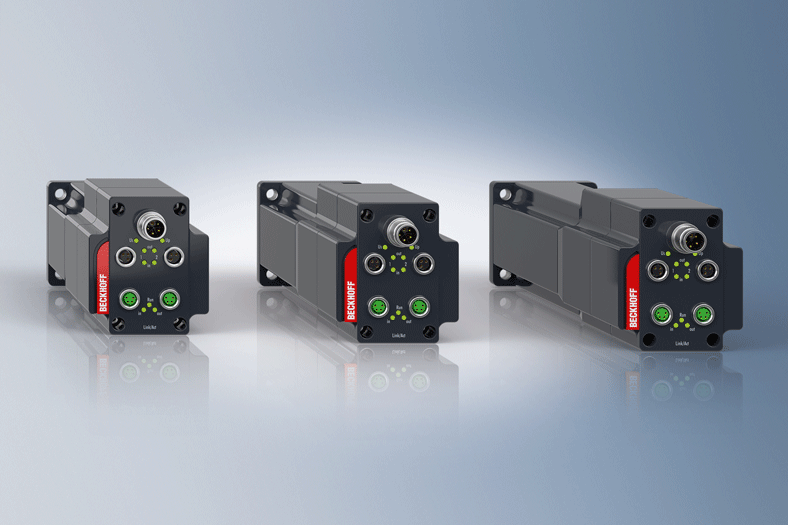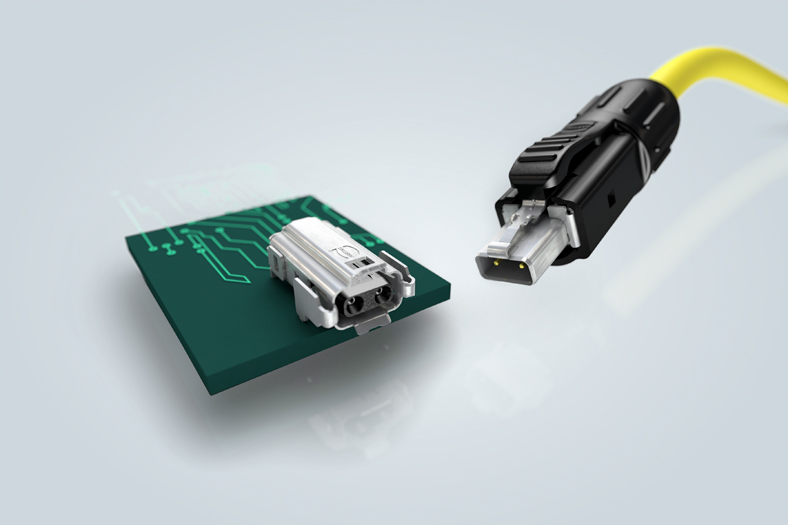Quint Power Supplies using IQ Technology Intelligent battery management increases availability [Apr 2012]
By admin April 10, 2012 6:53 am IST
The IQ Technology developed by Phoenix Contact makes UPS intelligent. If the line supply fails, users can for the first time depend 100 per cent on the battery, which then supplies all of the connected loads
Line supply dips or supply voltage failures interrupt processes – or in the worst case causes everything to grind to a halt. In order to resolve this problem and therefore minimise downtimes, users in all sectors use uninterruptible power supplies (UPS) as a standard concept. A solution such as this always comprises three function units: the power supply, the electronic changeover unit and the energy storage device (Fig.1). The power supply feeds power to the loads as long as the primary line voltage is available. If the line supply fails, then the electronic switchover unit intervenes. As its name already suggests, it smoothly changes over to the energy storage device so that the connected loads are continuously supplied. An energy storage device provides the necessary energy.
Battery as Incalculable ComponentAn example will demonstrate how an interruptible power supply works. The industrial PC for a bottling plant continuously requires 24 V DC, even during significant voltage fluctuations. Only then can the bottling plant continue to operate or be ramped down in a controlled fashion if the line fails for a longer period of time. The user selects the appropriate battery depending on the load current required and the specified buffer time – in this particular application example, a 3.4 Ah battery module that can buffer a 5 A load current for 20 minutes. Because even short failures cost the operating company a lot of money, it invests in a new battery every two years in the hope that the plant is then reliably protected as far as the power supply is concerned.
Unfortunately, experience has shown that this is not always the case. This is because there is an unknown element in all of the solutions presently available on the market: the battery. Because of this the following questions cannot be answered using conventional UPS solutions: Is the battery fully charged? If not: How long can the battery supply the connected loads when the input voltage fails? Is the battery already too old or has it perhaps already aged significantly as a result of high ambient temperatures? Can it still supply sufficient energy? As a result of aging processes, it is possible that the battery can only supply the 5 A load current for five minutes instead of 20 minutes. In the worst case as a result of an unreliable power supply, the bottling plant comes to a standstill without having been able to back up the relevant process data.
IQ Technology Provides Information about the Charge State and the Expected LifetimeThis is why the intelligent Quint UPS-IQ power supply determines all of the relevant battery states. It thus ensures the transparency required to ensure the stability of the supply at all times and to optimally utilise the battery. The intelligent battery management knows the actual charge state of the connected battery and, based on this data, it calculates the remaining buffer time that is available. This therefore avoids interrupted load supplies and premature rundown of industrial PCs. In the example of the bottling plant, the operating company receives information from the Quint UPS-IQ uninterruptible power supply as to whether the buffer time is really 20 minutes or, under certain circumstances, just 15 minutes. As soon as an adjustable threshold value is reached, an alarm message can be issued using the floating relay contact or by software, enabling the user to respond in plenty of time.
The remaining lifetime of the battery is also known, which means that service calls can be planned. If the battery is replaced at the optimum time, costs resulting from prematurely replacing the battery or failure can be avoided. Especially in applications that are dispersed over a wide area, it is important to know whether a battery will continue to reliably operate for two years – or just for two months. For example, in wind turbine systems, the electricity for the emergency lighting system inside the tower is fed from batteries. If a problem occurs, the technician can safely access the nacelle. The replacement of energy storage devices incurs high costs. Here, signalling the actual expected lifetime of the battery can therefore prevent unnecessary service calls and material costs.
Permanent Communication Accelerates the Charging ProcessPermanent communication between Quint UPS-IQ and the battery is the prerequisite for continuous monitoring and intelligent management. This is why in addition to the plus and minus wiring, an additional cable is installed that establishes the data exchange between the two components. The Quint UPS-IQ power supply immediately identifies the connected battery. The battery then signals its serial number and capacity. Depending on the particular battery type and the environmental conditions, the UPS now automatically selects the charging characteristics, which significantly increases the battery lifetime. In order to determine the charge state, the battery signals the actual voltage and current values as well as the temperature. To calculate the charging current, the Quint UPS-IQ communicates with the battery and with the upstream power supply. As a consequence, the battery is available in half the time required for conventional UPS systems.
Cookie Consent
We use cookies to personalize your experience. By continuing to visit this website you agree to our Terms & Conditions, Privacy Policy and Cookie Policy.













